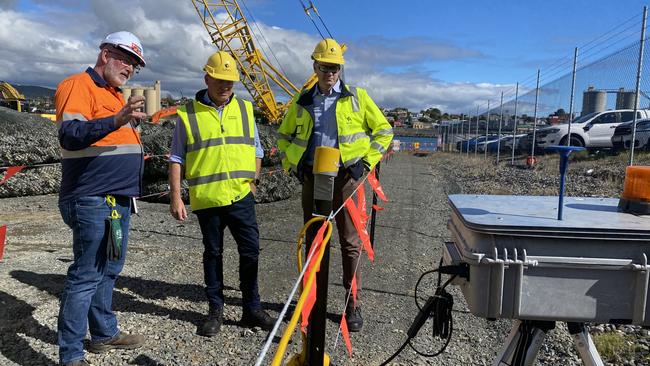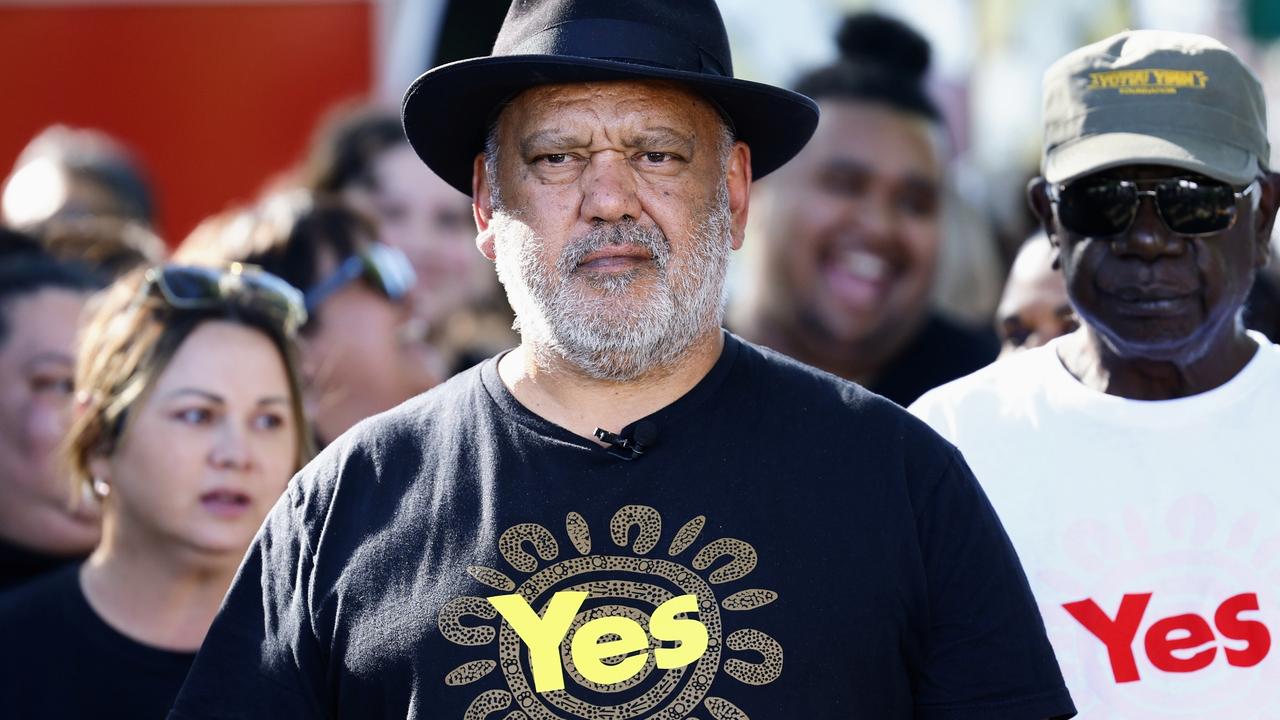Infrastructure 2.0 offers new asset opportunities

Key themes
From the early 2000s, Australian superannuation funds have sought to invest a portion of their portfolios into alternative asset classes such as infrastructure. The capital pool still desires the risk and return that these highly contractual, stable, long-term investments provide, but subsequent to the commonwealth’s “asset recycling pool” over the 2016-2019 period (which encouraged a wave of port and electricity network divestments by state governments), there has been a relative shortage of opportunities.
Innovative investors have started to look beyond traditional infrastructure and consider new asset types. There remains an overarching theme of long-term essential services guiding investment possibilities, and investors still need a high degree of certainty that revenue streams can be maintained, as well as appropriate protection from downsides, but the need for the “physical” bricks and mortar has diminished.
For example, as digitisation accelerates, consumer hunger for data is growing. Households are increasingly conscious of managing their energy consumption and we can expect a rise in consumer demand for digital infrastructure such as smart meters that monitor energy usage. Consequently, long-term contractual arrangements in the digital space – ranging from telco towers; fibre; electricity metering to registry businesses – are highly sought after opportunities.
Other sectors that contain contractual arrangements and predictable revenues, including waste management, also present opportunities particularly for funds wishing to participate in the circular economy and need for increased recycling.
Investors want to participate in the energy transition space, although we’re seeing two types of investors here: more hesitant investors who fear they don’t have a mandate for investing in a rapidly evolving (and uncertain) energy sector, versus bold investors, such as those involved in the $18bn Origin takeover.
Certainly, traditional renewables such as utility scale wind and solar farms have been a thematic for a number of years, although investor conviction is varied as some consider the risk and returns aren’t quite right.
The platform model is proving popular, where individual asset acquisitions are pulled together into a portfolio to generate better returns. And where building from scratch takes too long or isn’t an option, while scarce, there has been a few large portfolio deals. True, the premium paid for operating assets means returns aren’t always as good and finding good renewables developers with deliverable pipelines can be a challenge. But the options provide alternatives to meet the investment thesis of a variety of bidders.
It’s still early days for investment in firming technologies, along with the infrastructure needed to support the future outlook for electric-vehicle charging networks, hydrogen or sustainable aviation fuel. This is where emerging energy transition funds; impact funds (or the equivalent); and in some cases R&D venture capital-style players see potential opportunities.
Back to the classroom
There are plenty of opportunities for open-minded investors and so the general sentiment is one of “education mode”, as investors upskill and tackle assets that are unlike target assets they’ve seen in the past. There’s lots to learn as investors uncover questions like: How does the market operate and how is the target asset positioned? And what will this market look like in five or 10 years?
Investors need to consider whether the asset could be affected – positively or negatively – by regulator and/or government intervention (as has been seen with recently announced gas price caps), and what this might do to revenue streams. Similarly, they should be mindful of new products or new technologies. Could the asset be superseded and/or what ongoing capital investment may be required to adapt?
Consequently, deal-makers should consider whether the risk and return of these newer asset classes aligns to the investment mandate and what characteristics are similar/different to traditional infrastructure. Ultimately, is the asset the right fit for the specific portfolio?
Current landscape
There’s every chance 2023 could be another strong year in infrastructure M&A. Infrastructure investments are generally better at withstanding volatility and, true to form, the asset class hasn’t slowed as much as other parts of the economy, such as retail.
Having said all that, it is a challenging market right now.
There aren’t enough opportunities to deploy capital in core infrastructure investment and, where opportunities do exist, deals are highly competitive. As a result, funds are broadening their horizons, and willingness to take on more complex deals such as carve-outs and public-to-private transactions.
Investors are increasingly prepared to take on additional risks in the search for higher returns. Naturally, understanding this risk requires greater insight and operational and commercial due diligence to identify potential exposures and/or value uplift. This is where operational capability comes into play as a potential competitive advantage for investors. This is especially pertinent right now as many infrastructure assets are carved out from existing businesses, which means they don’t necessarily come with management teams.
Market outlook
Investors may be tempted to sit on their hands in 2023 because volatile equity markets, inflationary pressures, rising interest rates and global instability aren’t exactly conducive to M&A activity.
And yet the market always finds a way.
In short, there are different types of assets for different funds, and right now there’s something for everyone. It all comes down to: What’s the mandate of your fund and where do you perform best? What’s the equity cheque? What’s the return?
Andy Welsh is a PwC Australia partner and deals infrastructure, power and utilities lead



Infrastructure has long been a safe bet during turbulent times and the current market is no exception. But this is not the asset class as you know it. Infrastructure in 2023 is characterised by new asset types and increasingly complex deals as investors cast their nets more widely. Welcome to infrastructure 2.0.